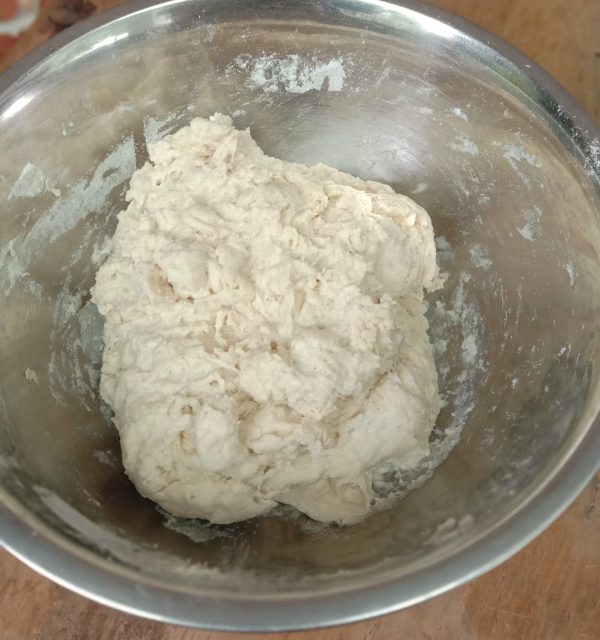It's year end 2021. it's been a weird period for all of us. The pandemic has hit us since 2 years ago and we're still not seeing the end of it yet. Not that it's all bad. One thing's for sure, because of this this situation, there has been a surge in bread baking at home. And more so for sourdough breads.
I also bake in a hot and humid climate. So my recipe is slightly or very different from European or American ones. Having said that, there are still changes in the weather which will and can change the way the dough behaves. On rainy days, fermentation times are longer. On crazy hot days, I'd even put the dough in the fridge for an hour during the final proofing just to slow things down a bit.
When I first starting making sourdough bread, I had to familiarize myself with uncommon terminologies like autolyse, fermentolyse, hydration levels, lamination, stretch and fold, coil folds, bulk fermentation and etc. Sometimes it still gets confusing so I will not try to explain those terms.
I have a couple of advice though. One, use a sharp blade for scoring. I'm cheap (or poor) so I don't buy a fancy bread lame. I use old fashioned shaving blades and they work splendidly. Secondly, you don't need a Dutch oven if you don't have or can't afford one. Again, I use a cheap simple metal pot, the Indian kind without handles. I just put it in the oven when it's heating up and cover my dough with it during the first part of baking.
So if you managed to grow a starter from scratch and adopted one from a friend but are looking for a not difficult recipe, you may want to try this one. It's suitable for beginner level baking. Keep in mind however that sourdough baking can be unpredictable. So keep watch on how your dough develops and less on the time.
Okay, enough babbling. Here's my easy basic sourdough bread recipe...
Happy baking and Happy Christmas! To everyone who visits this blog post, I wish you all the best! Thank you!





